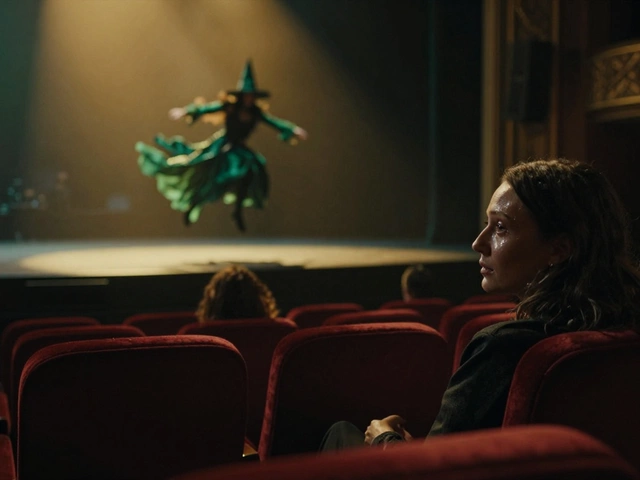Stage Directions: What They Are and How to Use Them
If you’ve ever opened a script and seen lines like "(lights up)" or "She walks to the window," you’ve met stage directions. They are the little notes that tell actors, directors, and crew what should happen on stage. Good directions keep the story clear, help the team work together, and make rehearsals run smoother.
Why Stage Directions Matter
First off, directions give actors a clue about where to be and what to do. Without them, performers might guess the action and end up with a confusing scene. Second, they guide the technical crew – lighting, sound, set changes – so everything happens at the right moment. Finally, they help the director see the flow of the play and decide if something needs tweaking.
How to Write Clear Stage Directions
Keep it short and specific. Use present tense and action verbs. For example, write "John picks up the letter" instead of "John is seen picking up a letter." If a movement is important, add a note about timing: "John picks up the letter quickly" or "slowly."
Use standard symbols when you can. Parentheses ( ) are the most common way to set off directions. Square brackets [ ] can be used for optional or background actions that don’t need to be spoken. If you need a lighting cue, write it in caps: (LIGHTS DIM) or (SPOTLIGHT ON SARAH).
Separate directions from dialogue. A line of dialogue should appear on its own line, and any direction that belongs to that line should be placed directly before or after it, inside parentheses. This makes it easy to read during rehearsal.
Avoid over‑explaining. Trust your actors to interpret simple movements. Instead of "John walks slowly across the stage with his head down, feeling sad and thinking about his lost dog," try "John walks slowly, head down, toward the door. (He looks distressed.)" The extra note gives the mood without dictating every detail.
Be consistent with style. If you start with parentheses, keep using them throughout the script. Inconsistency can confuse readers and cause missed cues.
Finally, test your directions. During a read‑through, ask actors if they understand what to do. If a direction gets questions, rewrite it to be clearer.
By keeping stage directions short, specific, and consistent, you make life easier for everyone involved in the production. Whether you’re a first‑time playwright or polishing an old script, these tips will help your stage directions do their job – guiding the performance without getting in the way.

What Does C Mean in Theater? Understanding Stage Directions
Ever seen 'C' marked on a theater script or stage plan and wondered what it means? This article breaks down the meaning of 'C' in theater, how it's used in stage directions, and why it's so important for actors and directors. You'll also pick up some quick tips to identify stage areas and avoid beginner mistakes. The details here cut the confusion—great for anyone curious about how theater really works. If you want your next theater visit or rehearsal to make more sense, stick with this guide.




